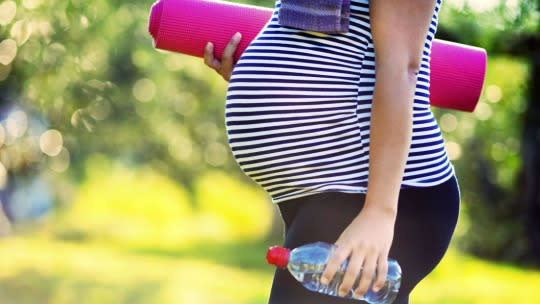If You Use Plastic Or Canned Goods, Your Pee Contains This Dangerous Chemical

A guide to avoiding BPA. (PHOTOGRAPH BY PIRANKA/GETTY)
by Jessica Cassity, for Rodale’s Organic Life
Every few years, a series of media reports focuses on the dangers of bisphenal A, a chemical better known as BPA that is used in plastics. BPA is ubiquitous: It’s in water bottles, plastic dinnerware, and the lining of canned vegetables, which explains why an estimated 95 percent of American adults have trace amounts of BPA in their urine, according to a recent study from the Centers for Disease Control.
Food packaging is a particular issue, especially if it’s been heated, scratched, or damaged, according to the Food and Drug Administration. But other sources of BPA include eyeglass lenses, toys, paint, water pipes, and even air, which means BPA is hard to avoid, no matter what you eat.
Related: Ingredient To Watch Out For: DEA
How worrisome is this? BPA is an endocrine disruptor, which means it has the potential to interfere with a person’s hormones. The FDA says that BPA is safe at current levels found in food. In fact, the FDA, the National Institutes of Health, the European Food Safety Authority, and the World Health Organization all agree that BPA is not necessarily dangerous to a person’s health. The actual implications are so far inconclusive—at least for adults.
For young children, infants, and babies in the womb, many of the same organizations suggest the harmful effects of BPA are of at least some concern. To that end, in July 2012, the FDA outlawed the use of the chemical in sippy cups and baby bottles; in July 2013 the FDA required that BPA be removed from infant formula packaging. The thought here is that in the first several years of life, exposure to BPA may be more harmful, although conclusive evidence remains elusive.
Related: This Woman Stopped Using Plastics Altogether. Here’s How Long She Lasted.
How can you limit your exposure? A few tips.
1. Purchase unpackaged foods (hello, fresh veggies!).
2. Store and heat foods in glass or ceramic containers.
3. Limit your use of plastic or disposable dishes and silverware.
4. Use BPA-free lids for your jars. (Look for “BPA-free” on the packaging.)
5. Avoid canned beverages, foods, and soups. Instead, buy frozen vegetables or cardboard-packaged soups, which tend to be BPA-free.
6. Ask your dentist if any of the products they use—such as dental sealants—contain BPA. If so, request an alternative.
7. Hand wash any plastic serving or eating wear to keep items clear of the searing temps of your dishwasher.
8. Use BPA-free water bottles. (Look for a “BPA-free” label. Consider repurposing old bottles.)
9. Many store receipts are coated in BPA. File them away or, better yet, request paper proof of only important transactions.
10. Wipe down your table and counters with actual towels, not paper towels. Because BPA is used in some paper products, one study found that paper towels made of recycled ingredients contained detectable amounts of BPA.
This article was originally published on Rodale’s Organic Life.
More from Rodale’s Organic Life:
